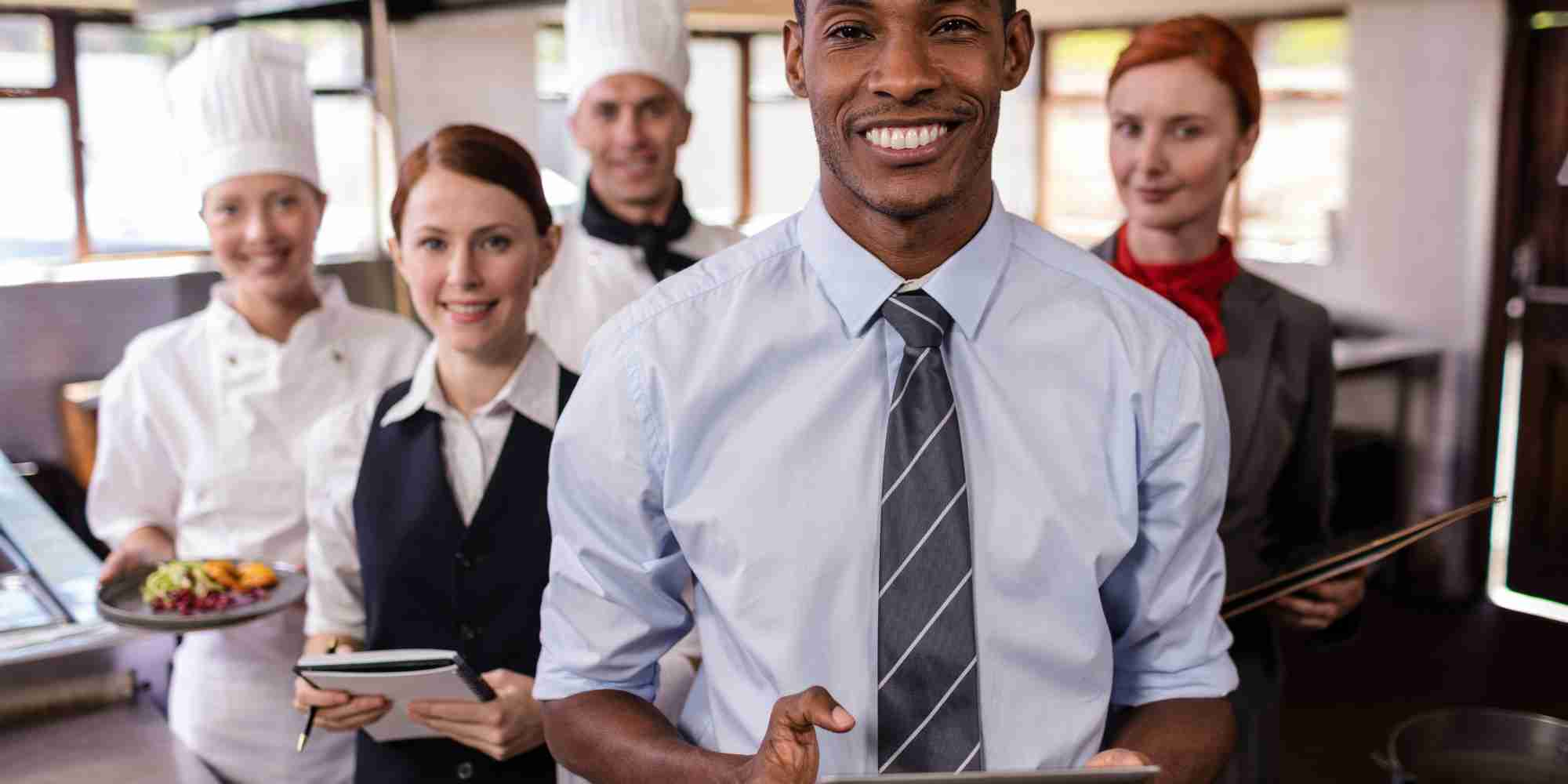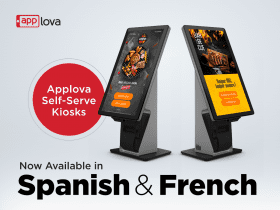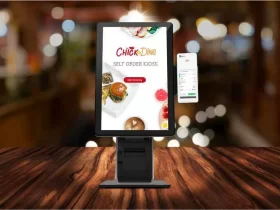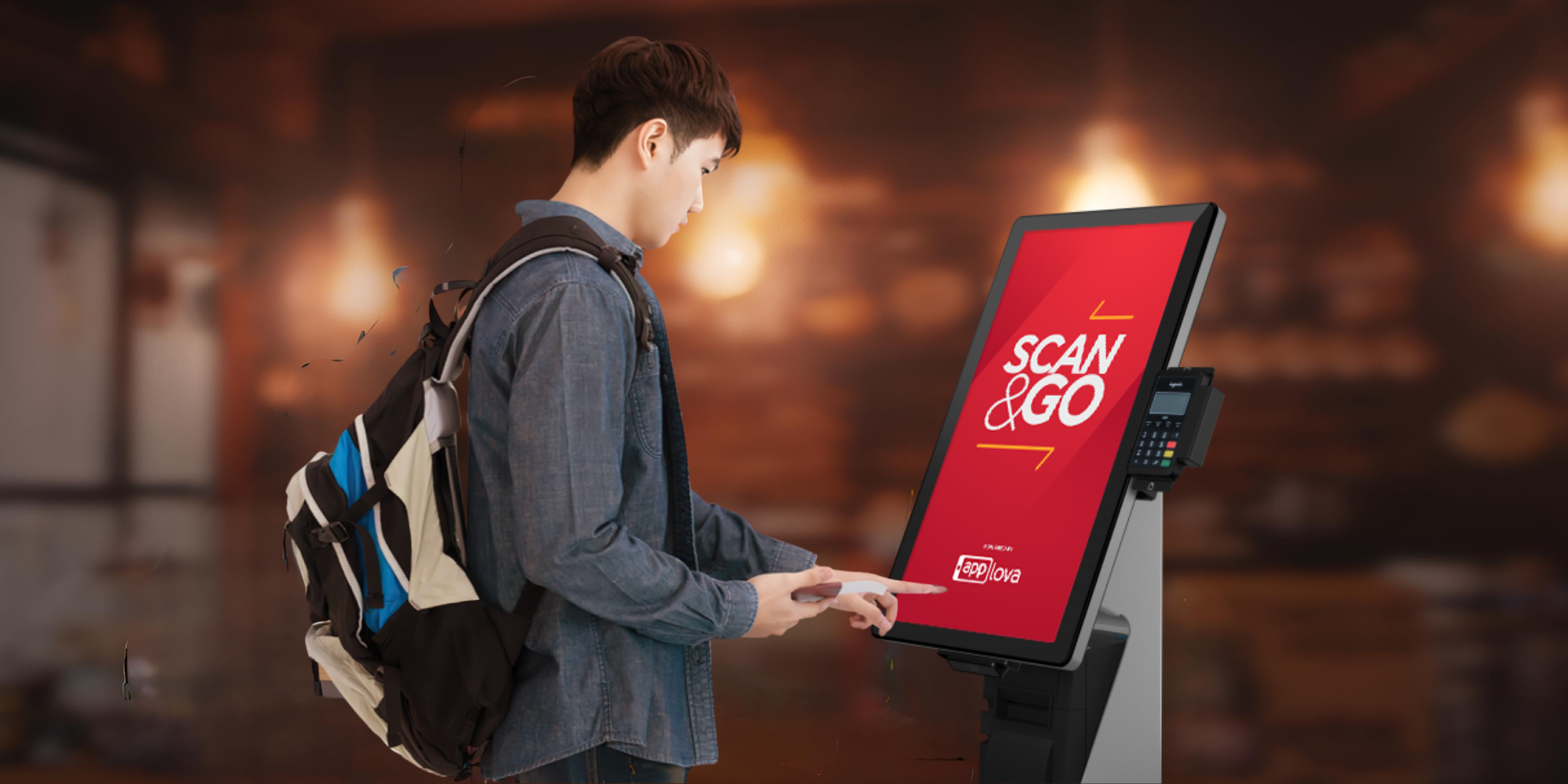In the fast-paced world of fast casual dining, restaurant owners are constantly seeking innovative ways to enhance the customer experience and streamline operations. The advent of Self-Ordering Kiosks has marked a pivotal shift in this quest, offering a fusion of technology and convenience that caters to the modern diner’s expectations. This technological leap is not just about keeping up with trends; it’s a strategic adaptation to changing consumer behaviors and the competitive landscape of the restaurant industry.
The Impact of Self-Ordering Kiosks on Fast Casual Dining
Elevating Customer Experience
Self-Ordering Kiosks bring a new level of convenience and personalization to the dining experience. Customers appreciate the ability to explore menu options, customize their orders, and proceed at their own pace without feeling rushed. This autonomy not only enhances satisfaction but also encourages upselling, as diners are more likely to add extras when they can leisurely browse the menu.
Streamlining Operations and Reducing Costs
For restaurant owners, the efficiency of Self-Ordering Kiosks is a game-changer. By automating the ordering process, these kiosks minimize queue times and free up staff to focus on food preparation and customer service. This shift not only optimizes labor costs but also increases throughput, allowing restaurants to serve more customers, especially during peak times.
Must Read: Self-Ordering Kiosk: A Worthy Investment for Your Restaurant?
Accuracy and Waste Reduction
Accuracy in order taking is crucial for customer satisfaction and operational efficiency. Self-Ordering Kiosks significantly reduce human error, ensuring that orders are accurately captured and communicated to the kitchen. This precision reduces food waste and the need for comped meals due to order inaccuracies, directly impacting the bottom line.
Harnessing Data for Personalized Experiences
The integration of Self-Ordering Kiosk software offers more than just operational benefits; it opens the door to valuable data collection. This data enables restaurant owners to understand customer preferences, tailor marketing strategies, and offer personalized promotions, fostering loyalty and encouraging repeat business.
Implementing Self-Ordering Kiosks: Considerations for Success
Selecting the Right System
Choosing the best Self-Ordering Kiosk system involves evaluating factors such as user-friendliness, customization capabilities, and POS integration. Solutions like Square’s Self-Ordering Kiosk stand out for their comprehensive features that cater to both customer and restaurant needs.
Budgeting for Your Investment
Understanding the costs associated with Self-Ordering Kiosks—covering hardware, software, and maintenance—is essential. While the initial investment might be significant, the long-term benefits, including labor savings and increased sales, often justify the expense.
Seamless Operational Integration
The success of Self-Ordering Kiosks depends on their seamless integration into existing restaurant workflows. This includes ensuring that the kiosk system communicates effectively with the kitchen and payment processing to maintain a smooth operation.
Looking Ahead: The Future of Self-Service in Dining
The evolution of self-service technology is set to continue, with advancements promising even more personalized and efficient dining experiences. From AI-powered suggestions to integration with mobile ordering and loyalty programs, the potential for innovation is boundless.
Conclusion: A Strategic Shift for Fast Casual Dining
The introduction of Self-Ordering Kiosks in fast casual dining is more than a technological upgrade—it’s a strategic realignment with the contemporary dining landscape. These kiosks offer a symbiosis of efficiency, personalization, and data-driven insights, setting a new standard for customer service and operational excellence. For restaurant owners, the message is clear: embracing Self-Ordering Kiosk technology is not just about adapting to change—it’s about leading it. As we look to the future, the role of Self-Ordering Kiosks in redefining the dining experience is undeniable, promising a more connected, efficient, and satisfying dining journey for all.












Leave a Reply